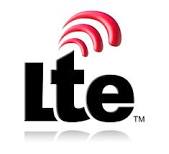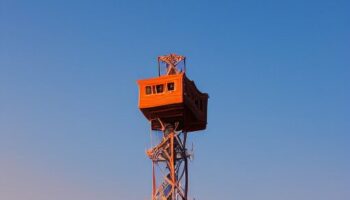 According to newly published report by GSA, as on Dec 2012, 145 operators have launched commercial services in 66 countries.
According to newly published report by GSA, as on Dec 2012, 145 operators have launched commercial services in 66 countries.
Of 145, 97 networks were commercially launched during 2012. According to the report, LTE-enabled mobile broadband services are available in 37 more countries than 12 months ago. 104 new operators committed over the past year to investing in LTE network deployments, raising the total number of committed operators to 330 in 104 countries. Report also forecasts that 234 LTE networks will be commercially launched in 83 countries by the end of 2013.
Summary of commercial LTE network launches an annually:
2009 = 2
2010 = 15 (year-end cumulative total = 17)
2011 = 30 (year-end cumulative total = 47)
2012 = 97 (year-end cumulative total = 144)
2013 (January 1) = 1 (cumulative total to date = 145)
End 2013 outlook = 234 commercial LTE networks in 83 countries (GSA forecast)
The number of LTE subscriptions increased almost 10-fold in the year to September 2012, reaching 44 million.
Alan Hadden, President of the GSA, said: With 145 LTE networks commercially launched and over 560 user devices announced in the market supporting millions of customers worldwide, LTE technology is mainstream and firmly established as the fastest developing mobile system technology ever.
The majority of network deployments use the FDD mode of the LTE standard, operating in paired spectrum. 1800 MHz (3GPP band 3) has emerged as the dominant band for LTE network deployments in virtually all regions of the world. The report confirms that 58 op erators i.e. 40{af589cdba9d77786c8c861317dbad60bba1e2ebbf56e2ffab874a1b59fde9ce3} of all commercial LTE operators, use 1800 MHz spectrum either as a single band system, or as part of a multi-band deployment, in 39 countries. At least another 22 LTE1800 network deployments are in progress in the Asia Pacific region, Europe, the Middle East, Africa and Latin America. Manufacturers including all the leading brands have ensured a wide choice of LTE user devices which can operate in 1800 MHz spectrum. GSA earlier confirmed that 130 LTE products, almost 1 in 4, support LTE1800. Many additional operators are engaged in trials or studies, therefore
1800 MHz is likely to remain the prime band for LTE, and a key enabler for international roaming, in the foreseeable future.
The second most popular band in which LTE systems are deployed is 2.6 GHz (band 7).
The TDD mode of the LTE standard has also gained strong traction and interest across the world. A total of 13 operators have launched commercial services using LTE TDD, which is the optimal solution for use in unpaired spectrum. The FDD and TDD modes are fully complementary. LTE TDD shares most of the FDD design and standards and uses a common core network, and industry commitment is strong. Some operators have commercially launched LTE service using both FDD and TDD modes. Six TDD systems are deployed in band 38 (2.6 GHz), five systems are in band 40 (2.3 GHz) and there is one deployment each in band 41 (2.5 GHz) and bands 42/43 (3.5 GHz). Bands 38 and 40 have the largest ecosystems for LTE TDD user devices.



